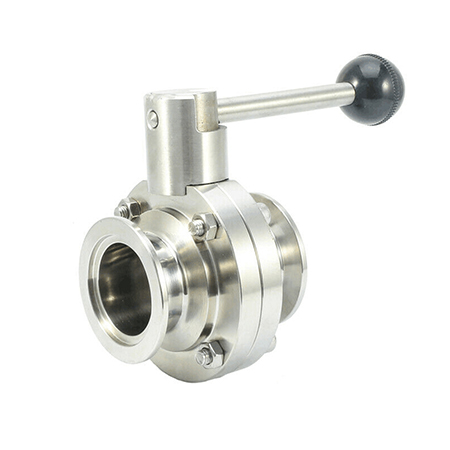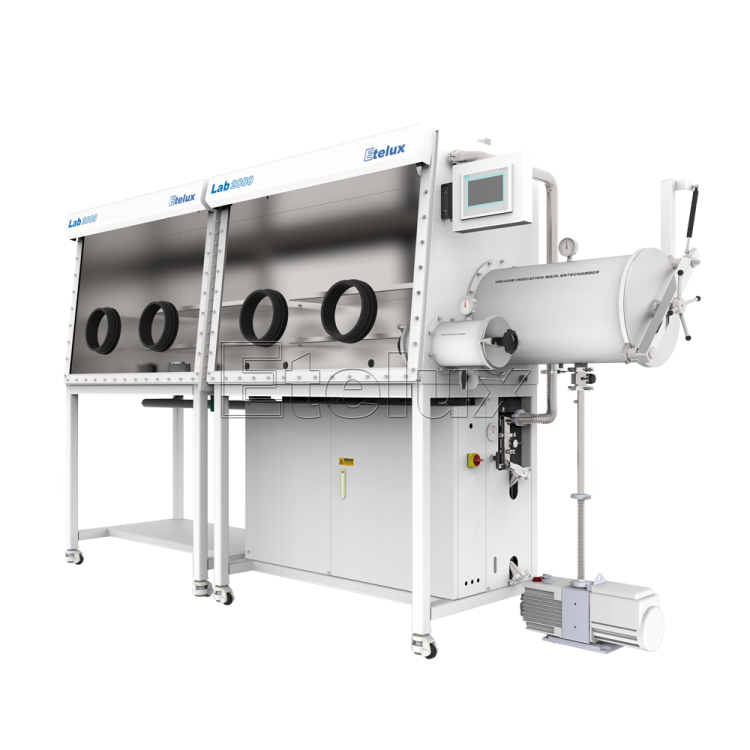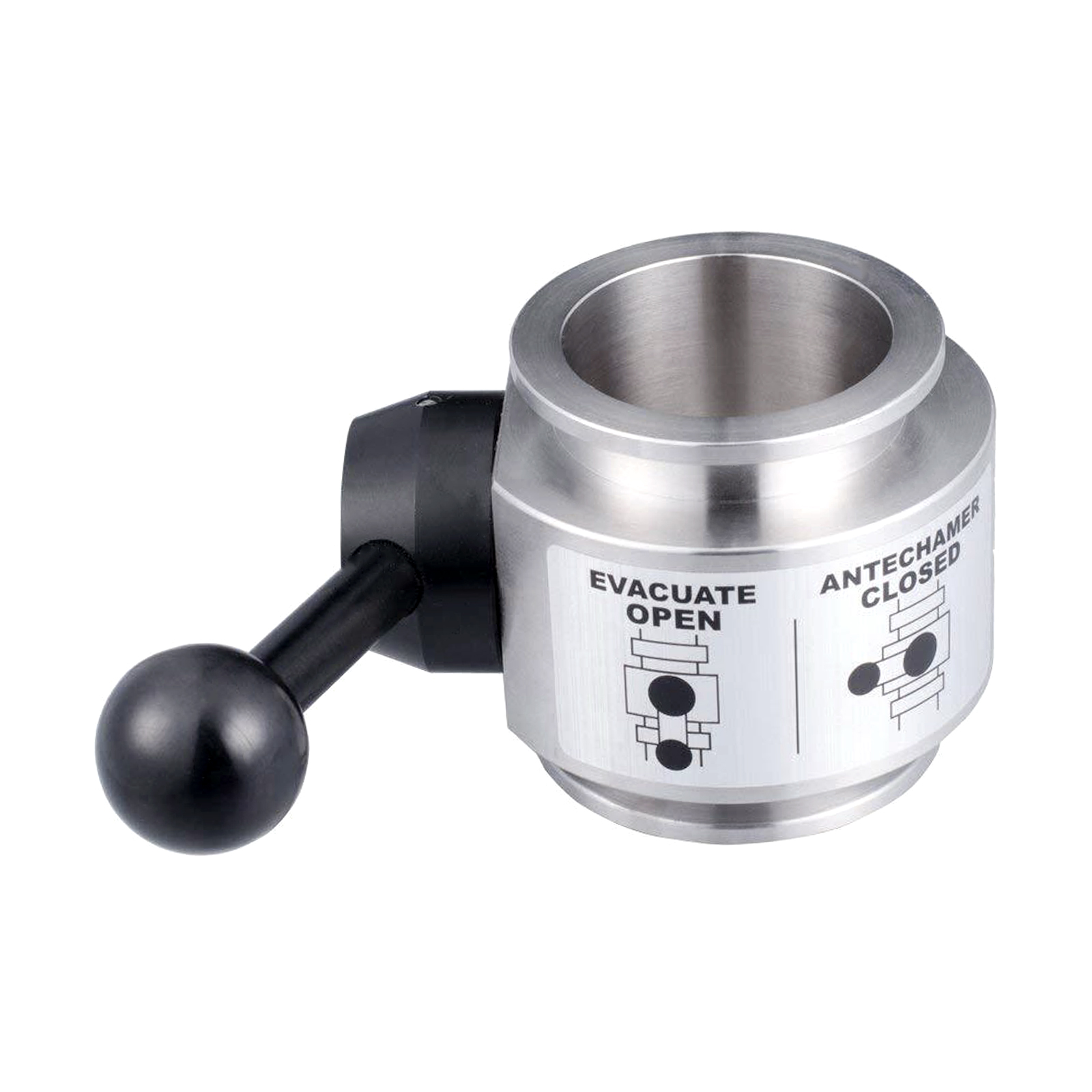
Learn About the Development History of Regulating Valves Together
Regulating vacuum valves are used to adjust process parameters such as medium flow, pressure, temperature, and liquid level in the field of industrial automation process control. According to the control signal in the automation system, the opening of the valve is automatically adjusted to realize the adjustment of the medium flow, pressure, temperature and liquid level.
The development of control valves has a history of 80 years since the beginning of the 20th century, and ten major categories of control valve products, self-operated valves and positioners have been produced successively.
Classification:
- Pneumatic film regulating valve
- Cylinder type regulating valve
- Three-way control valve
- Angle control valve
- Fluorine lined control valve
- Self-operated control valve
development path:
1920s: The original regulating valve for pressure stabilization came out.
1930s: V-shaped regulating ball valves with “V”-shaped gap double-seat valves and single-seat valves as representative products came out.
1940s: Positioners appeared, and new varieties of regulating valves were further produced, such as diaphragm valves, angle valves, butterfly valves, and ball valves.
In the 1950s: The ball valve was widely used, and the three-way valve replaced two single-seat valves into the system.
In the 1960s: After a series of improved design, standardization, and standardization of the above-mentioned products in China, a complete series of products were available in China.
The seven products of single-seat valves, double-seat valves, angle valves, three-way valves, diaphragm valves, butterfly valves, and ball valves that we are still using in large quantities are still at the level of the 1960s. At this time, foreign countries began to introduce the eighth structure regulating valve-sleeve valve.
1970s: Another product with a new structure-the eccentric rotary valve came out (the ninth major structure of the regulating valve variety). Sleeve valves were widely used abroad during this period. In the late 1970s, the domestic joint design of sleeve valves gave China its own sleeve valve product series.
1980s: During the period of reform and opening up, China successfully introduced petrochemical equipment and regulating valve technology, which made sleeve valves and eccentric rotary valves popularized. In particular, sleeve valves have greatly replaced single and double seat valves. More and more widely. At the end of the 1980s, another major development of the control valve was the Japanese Cv3000 and the fine small control valve. In terms of structure, the single-spring pneumatic diaphragm actuator was changed to a multi-spring diaphragm actuator. The valve structure is only an improvement, not a change. . Its outstanding feature is to reduce the weight and height of the regulating valve by 30% and increase the flow coefficient by 30%.
1990s: The focus of the control valve in the 1990s was on the research, improvement, and improvement of reliability and special difficult products. By the end of the 1990s, Qin Gao launched the tenth structure of the product-a full-function ultra-light valve. Its outstanding feature is the breakthrough in reliability, function and weight. Functional breakthrough-the only product with full functions. Therefore, many products with incomplete functions can be replaced by one product, simplifying the selection, use, and variety; a breakthrough in weight—compared to the leading product list. Seat valves, double-seat valves, and sleeve valves are 70-80% lighter, 40-50% lighter than fine-sized valves; breakthroughs in reliability—solve various unreliability factors such as traditional control valves, such as reliable sealing Performance, reliability of positioning, reliability of action, etc. The advent of this product has made China’s control valve technology and application level reach the advanced level in the late 1990s; it is a major breakthrough in control valves; especially the electronic full-function ultra-light valve, which will surely become the control valve in the next century.







